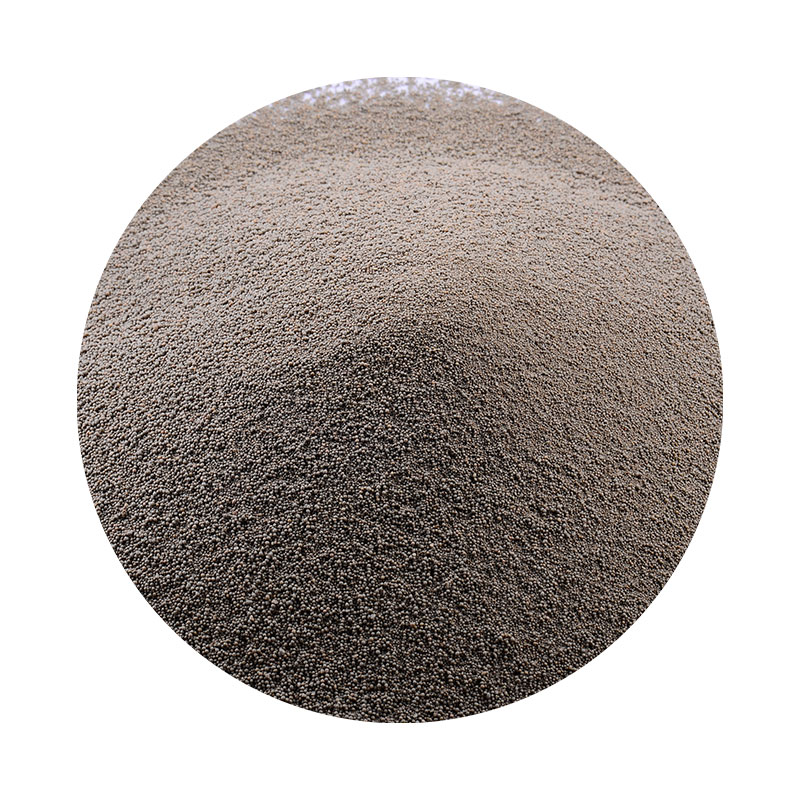Using Sand in Resin A Creative Fusion for Art and Design
The art of blending materials has been a favorite pastime for artisans and creators across various disciplines. One of the most striking combinations in recent years is the pairing of sand with resin. This fusion not only enhances the aesthetic appeal of products but also introduces unique properties and benefits, making it a popular choice among artists, crafters, and designers alike.
Understanding Resin and Its Properties
Resin, particularly epoxy resin, is a versatile synthetic material widely used in the art and craft industry. Known for its excellent clarity and durability, epoxy resin can be manipulated to create a myriad of artistic expressions. When mixed and cured properly, resin results in a hard, glossy finish that can mimic the look of glass. It is ideal for creating functional and decorative items alike, from coasters and tabletops to jewelry and sculptures.
One of the most significant advantages of using resin is its ability to encapsulate objects, allowing creators to preserve natural elements, like dried flowers or shells, in a transparent medium. The introduction of sand into this mix opens up new dimensions for creativity, enabling artists to evoke a sense of nature and tranquility while harnessing the tactile appeal of sandy textures.
The Role of Sand in Resin Art
Sand, often sourced from beaches or deserts, is a timeless natural material that speaks to the beauty of the earth. When combined with resin, it adds both visual and textural depth to projects. One popular application is in creating ocean-inspired pieces, such as tabletops or wall art. The fine grains of sand can recreate the visual illusion of a sandy shore, complete with waves captured in the resin.
using sand in resin

Beyond aesthetics, sand can also impart distinct characteristics to resin projects. Different types of sand can influence the clarity, texture, and color of the finished product. For example, white silica sand creates a bright and clean appearance, while colored sands can introduce vibrant hues and variety. The rough texture of sand can also add a unique tactile quality, providing a sensory experience that smoother materials cannot replicate.
Techniques for Incorporating Sand into Resin
When working with sand and resin, several techniques can be employed to achieve the desired results. One popular method is layering. Artists can pour a layer of resin, sprinkle sand on top, allow it to partially cure, and then add another layer of resin. This creates a three-dimensional effect where the sand appears to be suspended in the resin, mimicking the appearance of geological formations or natural landscapes.
Another technique involves mixing sand directly into the resin before pouring. This method allows for a more uniform distribution of sand throughout the entire piece, creating a cohesive look. However, it’s essential to control the amount of sand added, as too much can affect the curing process and clarity of the resin.
Applications and Innovations
Artists using sand in resin have significantly expanded creative possibilities in home decor, art installations, and functional pieces. Sand and resin combinations can be used for crafting stunning jewelry, table centerpieces, coasters, and even artistic wall panels that draw inspiration from natural landscapes. The trend also finds its way into educational projects, where children can learn about the interplay of materials while engaging in hands-on crafting activities.
In conclusion, the use of sand in resin taps into the innate beauty of natural materials while marrying them with the versatility of modern synthetic options. This combination allows artists to create unique, durable pieces that capture the essence of nature and inspire creativity. As techniques and innovations evolve, the potential applications for sand and resin in art and design will continue to expand, enabling further exploration in this exciting medium. Whether for artistic expression or functional design, the fusion of sand and resin is undoubtedly a trend that resonates with both creators and admirers alike.
Post time:ਦਸੰ. . 10, 2024 11:59
Next:Affordable Options for 3D Sand Printers Pricing Comparison and Features
